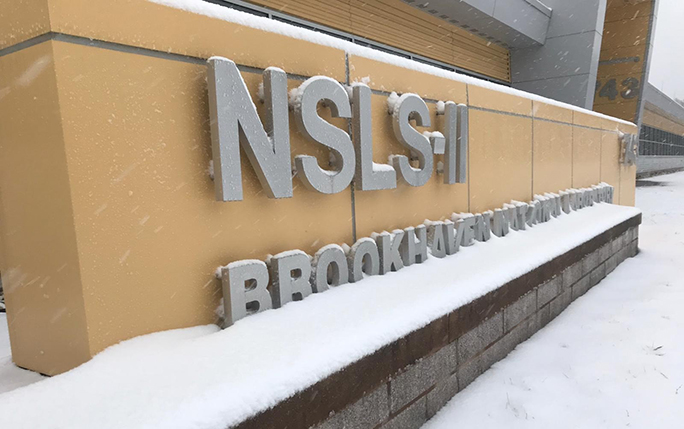Growing Alkali antimonides at NSLS-II

Quasar PhD student Pavel Juarez-Lopez travelled to Brookhaven Laboratory, NY. to work in collaboration with John Smedley from LANL (Los Alamos National Laboratoy) and Mengjia Gaowei from BNL (Brookhaven National Laboratory). Here he worked on the process of growing Alkali antimonides at NSLS-II (National Syncrhrotron Light Source).
Working on beamline 4-ID, he successfully grew two different cathodes CsTeSb and K2CsSb. The growth is done in UHV (Ultra High Vacuum) and current is measured during film growth. The techniques are used on two different materials, Si and Ag photocathodes. It is carried out this way to identify different properties, i.e. the Si presents a natural smooth surface roughness which was the main interest and the Ag present an important QE (Quantum Efficiency) effect on these growth techniques. Further post beam analysis is needed for the data taken for XRF (X-Ray Fluorescence), XRD (X-Ray Diffraction) and XRR (X-Ray Refraction) each sample and technique. These type of cathodes are an emerging family of semiconductor materials; historically, photocathodes in devices such as PMT’s and image intensifiers were used.
This collaboration is part of Pavel’s thesis project. It was a great opportunity for Pavel to broaden his knowledge within the field of photocathodes but also to experience the working culture of another laboratory. He will bring newly acquired knowledge back to Daresbury, which will coincide nicely with STFC plans to develop the capability of producing multi-multi-alkali photocathodes in Daresbury.